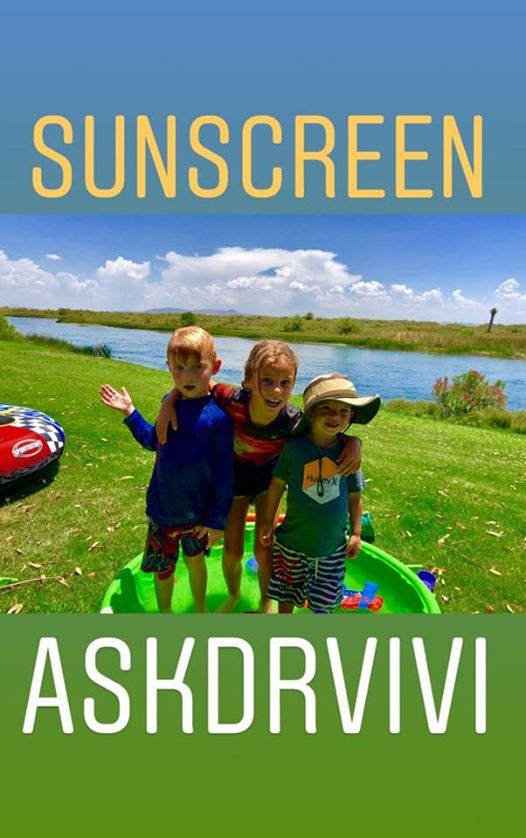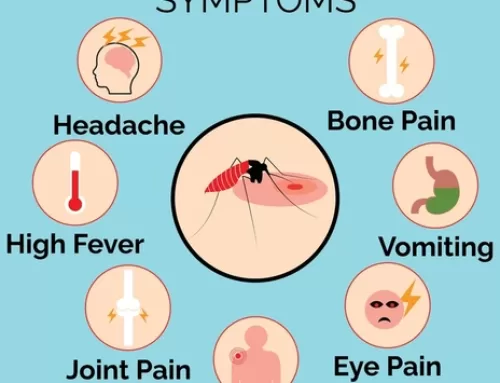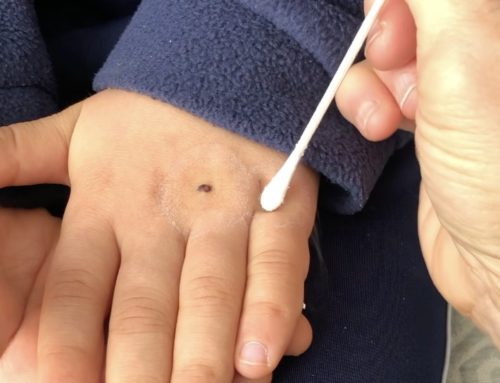[ad_1]
Here is a VERY informative and thorough article on sunscreen from azcentral.com
I use Banana Boat Kids with Titanium and Zinc because it goes on well (and fits the criteria in this article). I also recommend Neutrogena Free and Pure for children with eczema. Most moms look for lotions labeled organic. If this is you, see the ranking at the end of this article!
SUNSCREENS
With school out and temperatures rising, kids are begging to cool off in the pool or sprinklers. As a parent, you’ll slather them with sunscreen, of course.
But not all sunblock is created equal.
Hawaii’s decision to ban most popular sunscreens starting in 2021 has illuminated growing concerns about the effect of the product’s chemicals on not just people, but also on the environment.
The law signed by Hawaii’s governor on July 3 prohibits the sale of sunscreens made with oxybenzone and octinoxate, active ingredients in many common brands, which filter ultraviolet rays but are believed to be toxic to coral reefs and disruptive to human hormones. Hawaii “is really pushing the industry to reformulate and find ingredients that are effective and not harmful to people,” said Nneka Leiba, Environmental Working Group’s healthy-living science director. “We also hope it is the kick in the pants the Federal Drug Administration needs to prioritize reviewing (new) sunscreen active ingredients.”
Besides watching out for damaging chemicals, she said, it’s important to find the right sun protection factor, or SPF; decide between a lotion and a spray; and ensure broad-spectrum protection when choosing a sunscreen. Other critical measures to avoid sunburn include staying inside during midday and covering up with clothing.
“In Arizona, it is absolutely imperative you not only choose the right sunscreen, but you follow the other sun safety tips,” Leiba said. “A few bad burns in your childhood doubles your risk of melanoma.”
Expert tips on the best sun protection
Don’t rely exclusively on sunscreen
Experts warn it’s not enough to protect kids, or parents, completely. When possible:
* Wear a T-shirt and hat, even when swimming. Sunglasses are important, too.
* Find shade under a tree, awning or umbrella.
* Stay inside during the harshest hours of 10 a.m. to 4 p.m.
Infants
Keep kids younger than 6 months old out of direct sun as much as possible, the Environmental Working Group warns. If infants must be outside, cover them with loose-fitting pants, a long-sleeved shirt, a sun hat and even baby sunglasses. Find shade under a stroller’s canopy, an umbrella or a tree. Take walks in the early morning or late afternoon. Small amounts of sunscreen can be used on infants as a last resort.
Toddlers and children
Young children are especially sensitive to sun and chemicals. To test sensitivity to a sunscreen, rub a small amount on the inside of your child’s wrist. If an irritation or rash appears within 24 hours, try another product. Use lots of sunscreen. Leiba recommends at least a shot glass full. And apply frequently, at least every two hours, particularly when kids are swimming or playing hard.
Send sunscreen to day care and without a doctor’s note. The Arizona Legislature last year passed a law allowing students to carry and apply it with parental permission. (Yes, Arizona actually had to pass a law because sunscreen is considered an over-the-counter drug.) Wearing clothing, hats and sunglasses, even when swimming, are a good idea, too.
Teens
Don’t let your teenager sunbathe, go to a tanning salon or use self-tanning products. Tanning beds expose the skin to as much as 15 times more UV radiation than the sun and can cause skin cancer, while many chemicals in self-tanning lotions and sprays have not been approved for safety, the Environmental Working Group reports.
The World Health Organization has called tanning beds “carcinogenic.”
Choose mineral-based or less harmful chemicals
The worst ingredients are oxybenzone and octinoxate, which can block human hormones, cause allergic reactions and damage coral reefs, the Environmental Working Group says. Unfortunately, the chemicals are found in most sunscreens. Instead, choose a product that relies on avobenzone, a less harmful key ingredient.
Another alternative is a mineral-based product that uses zinc oxide or titanium dioxide, particles that coat the skin to deflect UV rays as opposed to chemical sunscreens that absorb UV, according to Consumer Reports. Some mineral sunscreens can leave a slight chalky white residue, but they are among the safest types of sunscreen, the Environmental Working Group found.
Ideal SPF is 40 to 50
Many sunscreens don’t provide the level of SPF protection they claim, Consumer Reports found. To get the minimum protection of SPF 30 that the product-rating group recommends, choose a product that advertises SPF 40 or higher.
On the other hand, the Environmental Working Group says don’t use sunscreens above SPF 50. Although sunscreens with higher SPF values provide longer-lasting protection from the UVB rays that cause sunburns, they do not increase safety from UVA rays, which penetrate the skin more deeply and don’t cause immediately noticeable damage. An SPF that is too high can lure parents and kids into spending too much time in the sun without reapplying, Environmental Working Group says.
Sunscreens labeled “broad spectrum” protect against both UVA and UVB rays, but some are too weak, according to Consumer Reports and the Environmental Working Group. Brands recommended by the groups have been tested for strong broad-spectrum protection.
Spray vs. Lotion
Wriggly kids may be easier to cover with sunscreen spray, but these products don’t always coat the skin thickly and consistently enough, the Environmental Working Group found, and inhalation can be a problem. So the group recommends sticking to lotion. Use more than you probably think is needed — at least a shot glass full. (A common shot glass holds 1.5 fluid ounces).
Look up a sunscreen
When you’re at the store, use Environmental Working Group’s Healthy Living app on your phone to scan a sunscreen. You’ll receive ratings of effectiveness and safety. You can also search the group’s online database of more than 1,000 sunscreens.
Consumer Reports offers ratings on a smaller selection of 73 sunscreens.
The best sunscreens for kids
Environmental Working Group recommends these sunscreens that are specifically marketed for babies and kids. Parents can use them, too. Brands like Aveeno, Neutrogena, thinkbaby and thinksport are widely available. Equate is a Walmart store brand, while Tom’s of Maine can be found at Sprouts grocery stores.
* Adorable Baby Sunscreen, SPF 30+
* All Good Kid’s Sunscreen, SPF 30
* Aveeno Baby Continuous Protection Lotion Sunscreen, Sensitive Skin, SPF 50
* Badger Kids Sunscreen Cream, Tangerine & Vanilla, SPF 30
* Bare Republic Mineral Sunscreen Lotion, Baby, SPF 50
* Blue Lizard Australian Sunscreen, Baby, SPF 30+
* BurnOut Kids Sunscreen, SPF 35
* California Baby Calendula Sunscreen, SPF 30+
* COOLA Suncare Baby Mineral Sunscreen Stick, SPF 50
* Equate Baby Zinc Sunscreen Mineral Lotion, SPF 50
* Goddess Garden Organics Kids Sport Natural Sunscreen Lotion, SPF 30
* Hawaiian Sol Sol Kid Kare, SPF 50
* Kiss My Face Organics Kids Mineral Sunscreen, SPF 30
* MDSolarSciences KidCreme Mineral Sunscreen, SPF 40
* Neutrogena Pure & Free Baby Sunscreen, SPF 50
* Nurture My Body Baby Organic Sunscreen, SPF 32
* Sunology Mineral Sunscreen, Kids, SPF 50
* thinkbaby Sunscreen, SPF 50+
* thinksport Kids Sunscreen, SPF 50+
* Tom’s of Maine Baby Sunscreen Lotion, SPF 30
* TruBaby Water & Play Sunscreen, SPF 30+
* TruKid Sunny Days Sport Sunscreen, SPF 30
* Waxhead Sun Defense Baby Zinc Oxide Sunscreen, SPF 35
Consumer Reports rates these four brands highly.
* California Kids #Supersensitive Lotion SPF 30+
* Badger Active Unscented Cream SPF 30
* Well at Walgreens Moisturizing Lotion SPF 50
* Hawaiian Tropic Island Sport Ultra Light Spray SPF 30
https://www.azcentral.com/…/best-environment-cor…/753537002/
[ad_2]




